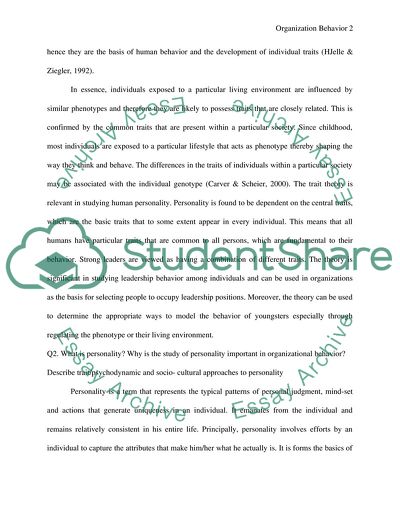Cite this document
(Personality, Teams and Groups Assignment Example | Topics and Well Written Essays - 3750 words, n.d.)
Personality, Teams and Groups Assignment Example | Topics and Well Written Essays - 3750 words. Retrieved from https://studentshare.org/psychology/1737509-organization-behaviour-mba-level
Personality, Teams and Groups Assignment Example | Topics and Well Written Essays - 3750 words. Retrieved from https://studentshare.org/psychology/1737509-organization-behaviour-mba-level
(Personality, Teams and Groups Assignment Example | Topics and Well Written Essays - 3750 Words)
Personality, Teams and Groups Assignment Example | Topics and Well Written Essays - 3750 Words. https://studentshare.org/psychology/1737509-organization-behaviour-mba-level.
Personality, Teams and Groups Assignment Example | Topics and Well Written Essays - 3750 Words. https://studentshare.org/psychology/1737509-organization-behaviour-mba-level.
“Personality, Teams and Groups Assignment Example | Topics and Well Written Essays - 3750 Words”, n.d. https://studentshare.org/psychology/1737509-organization-behaviour-mba-level.


